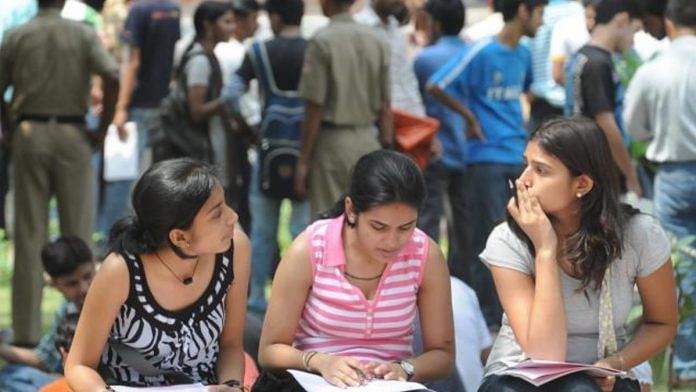
Thank you dear subscribers, we are overwhelmed with your response.
Your Turn is a unique section from ThePrint featuring points of view from its subscribers. If you are a subscriber, have a point of view, please send it to us. If not, do subscribe here: https://theprint.in/
According to a Pew Research Center survey from 2018, about half of adults (52%) say young people don’t pursue STEM degrees because they think these subjects are “too hard”.
Is it challenging? Yes. Is it confusing? Yes. But why is it this way? The answer is the people in STEM. On a much more comprehensive note, any field with a strong foundation for academia is currently being brought down by the people changing it into an enterprise. Areas pertaining to the Sciences and Social Sciences are currently being exploited by those who have been in the field for a while.
Every young, aspiring scientist wants to get into the field to explore and discover the meaning behind various phenomena. But they face a trivial challenge which is how to begin. A graduate student in 2020 doesn’t understand the procedure to either conduct original research work or how to get it published and when they seek supervision, they get dismissed. Instead of getting demotivated, these aspirants try to learn things on their own which leads them to the information easily available on the Internet. Those who do get supervision are just getting validation from their mentors occasionally who seek co-authorship on the paper for not contributing in any capacity. This is a major reason why students have stopped requesting guidance and now have picked up a new avenue for getting published, which also is disturbing.
Students are finding platforms where their work can be published without any prerequisite review and that, for obvious reasons, becomes the easier preference for them. The misunderstanding which follows is that the students using these free platforms don’t reckon its credibility and once the research is out, it barely gets reviewed by anyone, making the effort stagnant and undiscovered. It gets worse when such platforms try to monetise the aspirations of a young adult. Students after creating user accounts and posting their work, get misleading emails on a regular basis that their work is being read by people and that their names are getting mentioned on other papers as citations. It makes the student curious to see who stumbled upon their work and they open the mail, which leads them to an option to buy the premium subscription to get access to the engagement statistics. Young students, dependent on their parents, find it a tough spot to actually pay for a subscription but the excitement and curiosity take over and make them go through with it. Several students have reported that after buying the subscription, they found that the citation was for someone else with the same name and that the views their work got were just someone opening the posting page and not the PDF of the paper.
This has happened on several occasions and on different platforms, making students question the authenticity of scientific publications and avert their potential from research altogether.
In today’s time where finding original research has become an extremely diluted possibility, discouraging or misguiding academics to post their ideas and findings does strike a dent into the future of STEM in India.
These pieces are being published as they have been received – they have not been edited/fact-checked by ThePrint.

COMMENTS